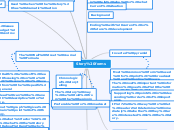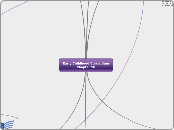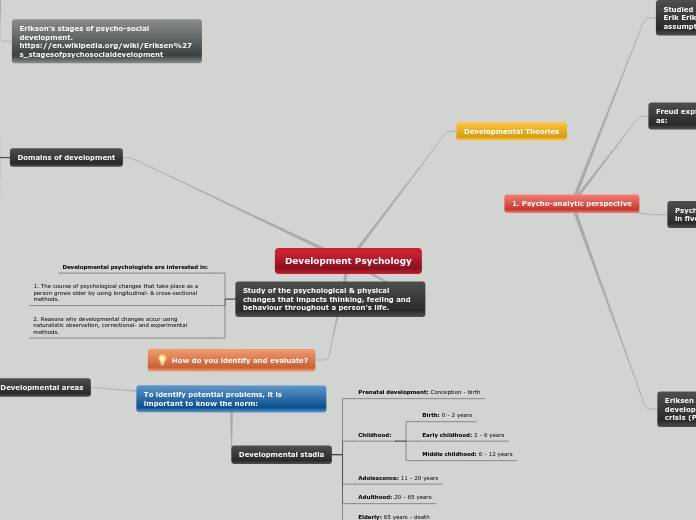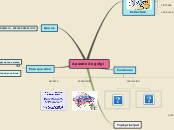a Ana Sofía Alvarado S. 6 éve
124
Story forms
Effective news writing involves employing various structures and techniques to convey information clearly and engagingly. Starting with a compelling lead, stories may begin with a soft focus on a person, scene, or event or use a more traditional inverted pyramid structure.









